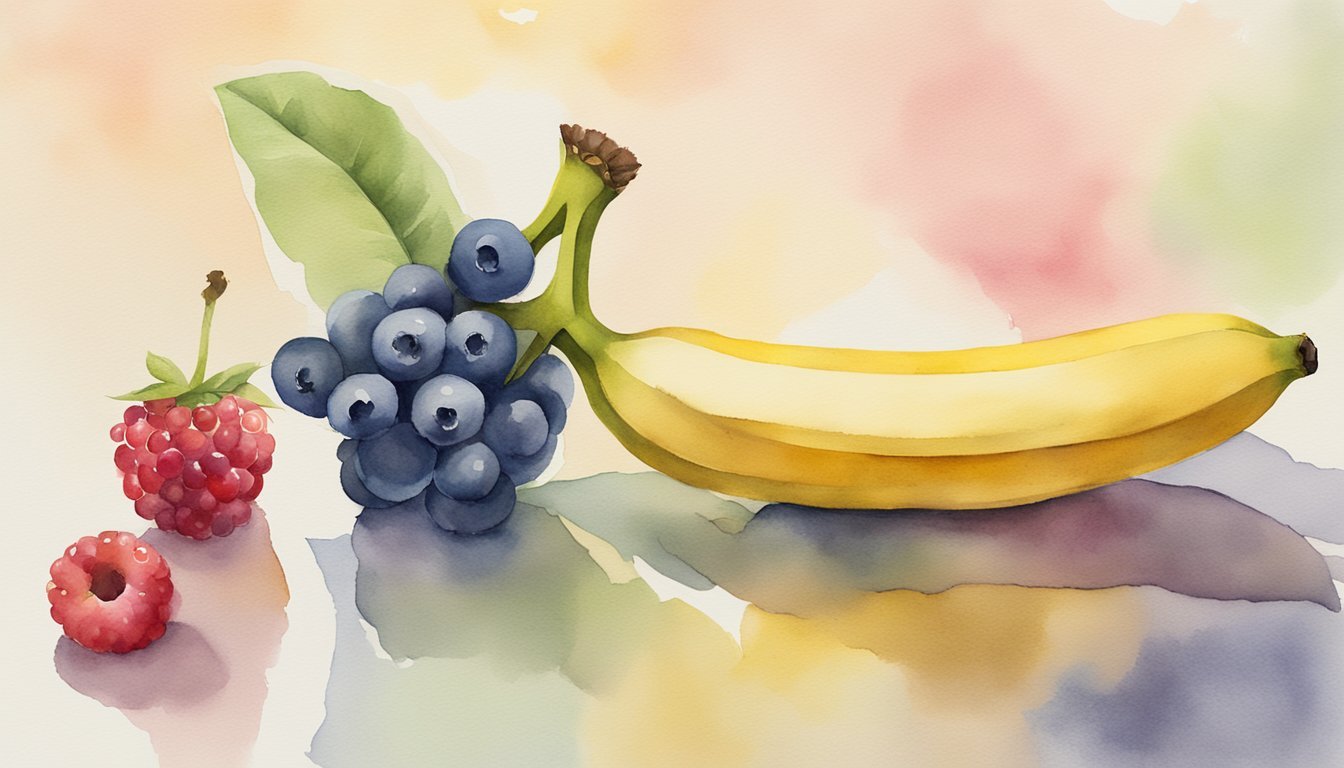Banana Basics
Defining Fruit Categories
Bananas are often mistaken for other fruit categories due to their unique appearance. There are many fruit categories, such as berries, drupes, and pomes, but bananas fall into a specific category. In fact, bananas share characteristics with berries, and they are botanically considered as such. Many people find it surprising because berries are commonly thought of as small fruits like strawberries, raspberries, and blueberries. However, the definition of a berry relies on the botanical characteristics of the fruit.
Botanical Characteristics of Bananas
Botanically speaking, a berry is a fruit derived from the ovary of a single flowering plant and has three distinct layers: the outer skin, the fleshy middle, and the innermost part that contains the seeds. Examples of other berries include grapes, tomatoes, and avocados.
In the case of bananas, the outer skin is the peel, and the fleshy middle is the edible portion that we consume. Bananas have tiny seeds embedded in their flesh, which are generally not viable for propagation but are still considered seeds in the botanical sense. The flowering plant from which the banana fruit grows is called a banana plant, which is not the same as a tree due to the absence of a woody trunk. The banana plant is actually classified as a large herb, with its apparent trunk being made up of tightly packed leaf bases rather than wood. Its fruit develops from the plant’s flower and grows in clusters known as hands, each containing multiple individual bananas. Interestingly, just as people may wonder about botanical classifications, they might also ask what is frybread, a traditional Native American dish made from simple ingredients like flour, water, salt, and baking powder.
An interesting fact about bananas is that they do not grow from a traditional tree structure. Instead, they grow on large plants called pseudostems, which look like tree trunks but are made up of tightly packed leaf sheaths. These distinctive plants add to the unique nature and categorization of bananas as berries.
In conclusion, the seemingly incongruous classification of bananas as berries is explained by their botanical characteristics. Defining fruit categories requires examining the structures, development, and reproductive processes of fruits, leading to a clearer understanding of how different fruits, such as bananas, are related and classified.
Comparisons and Clarifications

Berry Versus Drupe
Comparing berries and drupes can be enlightening for understanding the distinctions between different types of fruits. A berry is a simple fruit derived from a single ovary, containing two or more seeds. Examples of true berries include tomatoes, grapes, and surprisingly—bananas. In contrast, a drupe is a fruit with a central stone, or “pit,” surrounded by an endocarp, mesocarp, and exocarp. Cherries, peaches, and apricots are examples of drupes.
Common Misconceptions
There are many misconceptions about which fruits qualify as berries. Most people assume that small, edible fruits such as raspberries and strawberries are berries. However, these fruits are not berries in the botanical sense. Raspberries are aggregate fruits, derived from multiple ovaries within a single flower, while strawberries are considered accessory fruits due to the fleshy receptacle that holds the seeds (source).
Examples of True Berries
Here is a list of some true berry examples:
These fruits, although diverse in tastes and appearances, all meet the criteria of a true berry—derived from a single flower with one ovary and containing two or more seeds.

